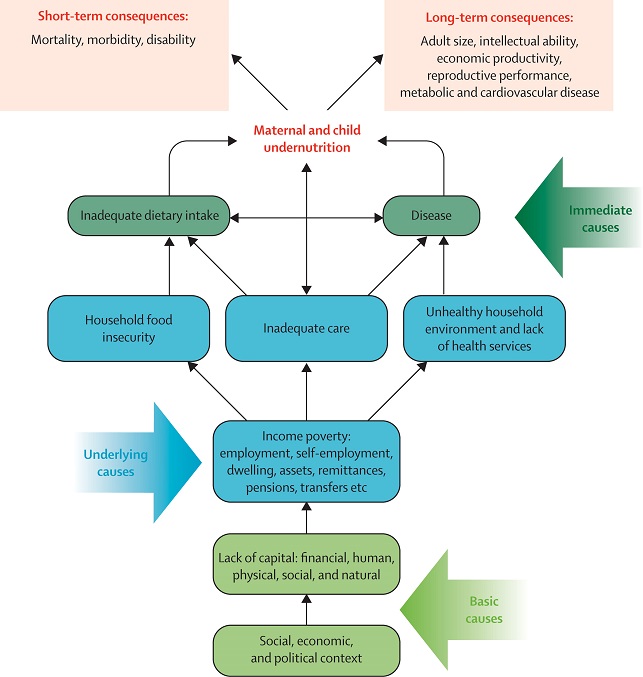Definition of Stunting:
Stunting refers to a condition where a child’s growth and development are impaired due to chronic malnutrition, repeated infections, and inadequate psychosocial stimulation. This condition is characterized by low height-for-age, indicating that the child’s growth has been significantly restricted.
Introduction to the STBM Approach:
The acronym "STBM" stands for "Sanitasi Total Berbasis Masyarakat" in the Indonesian language, which translates to "Total Sanitation Based on Community." It is an approach used in addressing stunting and improving overall child health and development. The STBM approach focuses on achieving sustainable behavioral changes in communities to promote good hygiene and sanitation practices. It aims to create lasting improvements in public health by mobilizing communities to take charge of their own sanitation and hygiene practices.
Key Components of the STBM Approach:
-
Community Empowerment:
The STBM approach places a strong emphasis on empowering communities. It involves raising awareness about the importance of sanitation and hygiene practices and encouraging active community participation in decision-making processes. By involving community members, the approach intends to ensure their ownership and sustained commitment to implementing and maintaining good sanitation practices. -
Sanitation Facilities:
Improving sanitation facilities is a crucial aspect of the STBM approach. It entails constructing and promoting the use of improved toilets, such as pour-flush toilets or latrines, to ensure the safe disposal of human waste. The provision of adequate sanitation facilities not only reduces the risk of contamination but also contributes to community-wide behavior change around cleanliness and hygiene. -
Hygiene Promotion:
Promoting hygiene practices is another essential component of the STBM approach. This includes encouraging the practice of handwashing with soap, promoting proper waste management, and ensuring cleanliness in the community. By educating individuals about these practices and their impact on health, the STBM approach aims to instill behavior change that will have long-term benefits. -
Solid Waste Management:
Effective solid waste management is a critical element of the STBM approach. This involves promoting practices such as waste segregation, recycling, and proper disposal methods to minimize environmental pollution and reduce disease transmission. By addressing solid waste management, the STBM approach contributes to the overall well-being of the community and reduces the risk of stunting. -
Nutrition and Health Education:
The STBM approach also places importance on providing nutrition and health education to communities. This includes educating caregivers about the importance of a balanced diet, exclusive breastfeeding, and the timely introduction of nutritious complementary foods. By improving nutrition practices and raising awareness of optimal health behaviors, the STBM approach aims to prevent stunting and ensure the overall well-being of children.
Conclusion:
The STBM approach is a comprehensive, community-based approach that addresses stunting by promoting good hygiene, sanitation practices, and nutrition education. By empowering communities, improving sanitation facilities, promoting hygiene practices, managing solid waste effectively, and providing nutrition and health education, the STBM approach aims to reduce stunting and improve the overall health and well-being of children. Implemented with proper monitoring and evaluation, this approach has the potential to make a significant impact in combatting stunting and improving child health outcomes.




